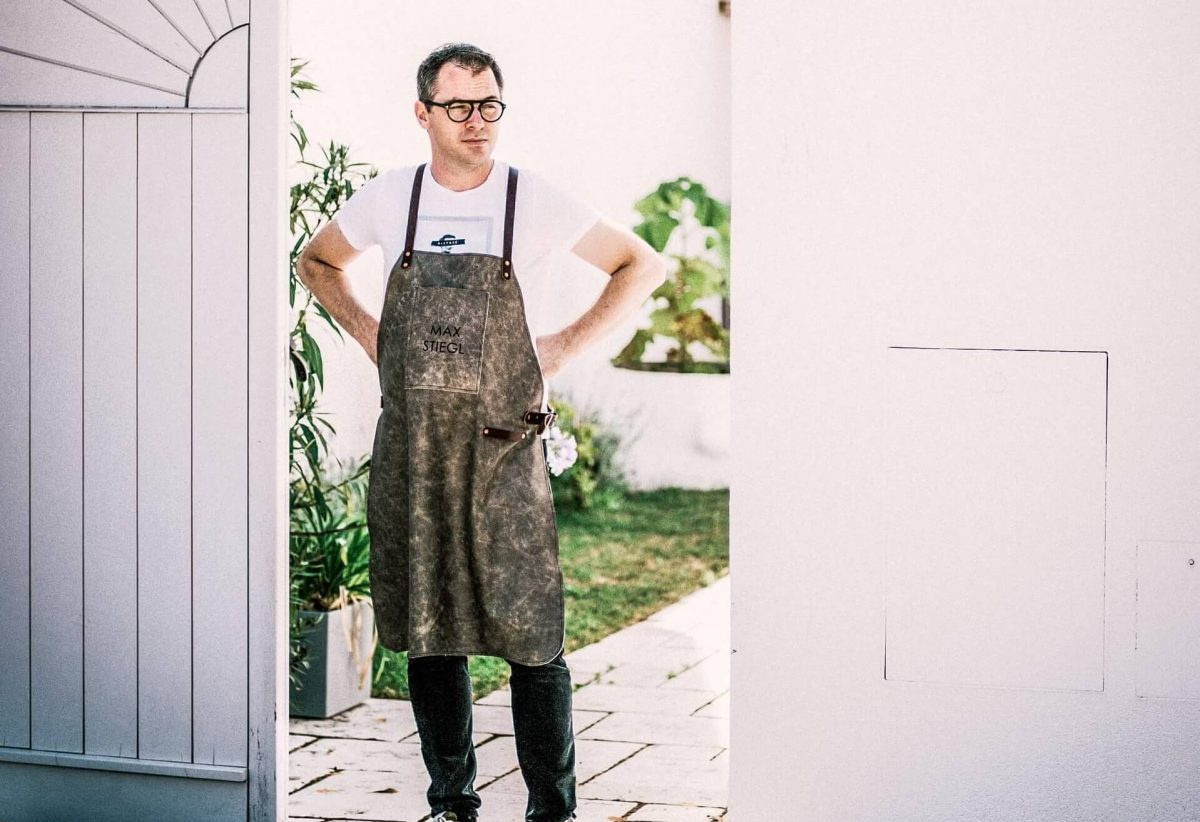
Max Stiegl | Image: Ingo Pertramer
“I love beaver. Beavertail is soothing to the soul,” says Max Stiegl when asked about the adorable rodents. His statement is not surprising. The top Austrian chef, who runs Gut Purbach in Burgenland, is known for his offal and rare food cuisine.
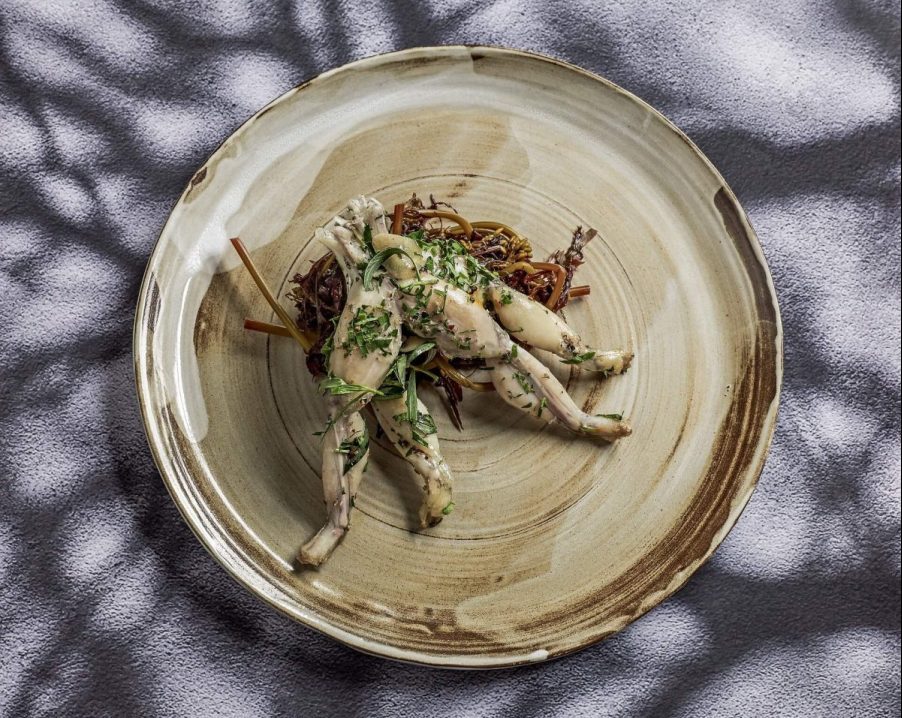
Froschschenkel | Image: Luzia Ellert
From frog legs, turkey testicles, sow’s snout, horse fillet, there is hardly an animal or cut of meat Stiegl has not yet used in his cooking. For a while now, he has also included beavers in his repertoire. “Why not? We eat turkey from factory farms and pigs that are shipped halfway across Europe. And yet we’re wary of beavers, although they eat a healthy diet and we know where they come from? I find that hypocritical.”
Since beavers are strictly protected in Austria, Stiegl imports the animals from Hungary. In line with his whole-animal philosophy, he tosses every part into the pot, from the heart to the liver to the beaver tail, which he has already praised so highly. Stiegl usually makes soup out of the latter. He serve guests beaver ham or bacon right at the table.
Stiegl explains, “When it comes to cooking, you should handle beaver like you would a young boar. Taste-wise, it’s a bit similar to wild duck.” When a television crew visited him recently, Stiegl grilled a whole beaver, as he would a suckling pig. “After the show aired, I waited for the outcry to come, but it never did.”
Sieh dir diesen Beitrag auf Instagram an
Game renaissance
This might be happening because people are used to Max Stiegl’s unusual dishes. However, it may also be because “interest in and awareness of the culinary treasures of nature – keyword: back to nature – has recently been experiencing a revival,” as Pia Buchner, press spokeswoman for the Austrian Federal Forests, puts it. She adds that this has been especially apparent in the past few years through various projects that have highlighted the diversity of game animals and their culinary traditions.
Beaver may have more or less disappeared from the menus of today, but its meat was considered a true delicacy for hundreds of years among gourmets. Austria also had a long tradition serving it as “geselchter Wasserhase” (smoked water rabbit), especially in taverns.
However, many of the recipes have been forgotten over time, as is also the case with marmots. The only difference is these small rodents have more often attracted the attention of chefs again. Admittedly, this is not the case in Germany, where the animals are protected all year round under the hunting law; however, it is true for Switzerland and Austria. The marmot has always been an important source of meat, especially in the mountain regions of Vorarlberg and Tyrol. This tradition is being revived in many places.
In the mountain inn Piz Buin at Lake Silvretta in Galtür, Tyrol, they celebrate a Marmot Festival every year in October, where the animals land in the soup and are served roasted with parsley potatoes and apple red cabbage.
Gunther Döberl, chef at Stiar in Ischgl’s Sporthotel Silvretta, is making ragout and ravioli fillings from marmot. “Marmot tastes very herbal, in other words, like what it eats in the mountains. However, it is important to make sure that you clean it thoroughly. The animals have a lot of fat, which needs to go, otherwise you can’t taste their flavor,” says Döberl.
Acclaimed chef Traudi Sigwart from Sigwart’s Tiroler Weinstuben, located in Brixlegg’s Kufstein district, serves plins with marmot stuffing and white Alba truffles from the Piedmont region. Martin Sieberer, chef at Paznaunerstube at Trofana Royal hotel in Ischgl, whips up marmot ravioli with wild mushrooms and berries and Karl and Rudi Obauer from Werfen in Salzburg cook up a mean marmot soup and marmot with lovage sauce, among other dishes.
“In principle, many game species are edible. However, they must be expertly prepared and you have to pay particular attention to preventing the transmission of disease. For some game species such as badger, nutria, bear and crow, but also wild boar, a veterinarian must carry out a trichina examination to exclude transmitting diseases to humans, which are referred to as zoonoses. It must also be mentioned that these special species are usually not very abundant, or the animal does not yield much usable meat, as is the case with crows, badgers and marmots. For gastronomy, this fact matters,” explains Austrian Federal Forests’ spokeswoman Buchner.
Speaking of badger
One person who has years of experience with less common game animals is Burkhard Schork from the Romantik Hotel & Friedrich von Schiller in Bietigheim-Bissingen near Stuttgart. For over 20 years, the chef, master butcher and hunter has regularly included badger on the menu.
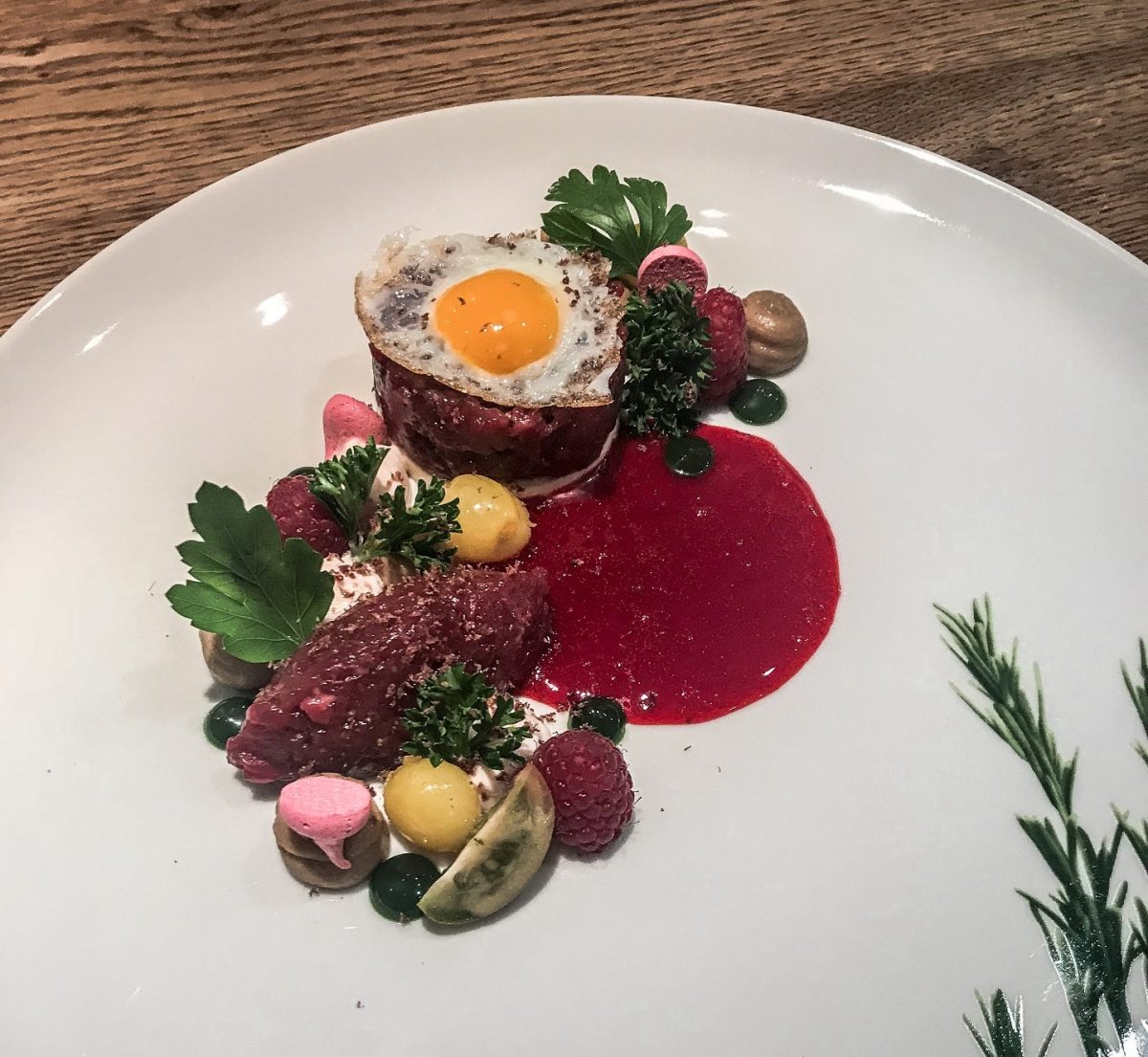
Deer tartare | Image: Burkhard Schork
Although interest is high, many of his guests still find the dishes exotic. “The guests know that I hunt in my own backyard. They trust the way I do things and how the meat is processed,” says Schork, who hangs up the animals to mature for three to four weeks before using them exclusively for braised dishes. “Badger meat is very coarse-grained and dark. It creates a hearty sauce. Taste-wise, I’d lump it in with venison or wild rabbit.”
Even jays are nothing unusual for Burkhard Schork. As they cause major damage to orchards in Hohenlohe in northeastern Baden-Württemberg, you are allowed to hunt them during certain seasons. Their light-colored meat is reminiscent of pheasant, but tougher. “I soak the cuts of meat in a brine to loosen the muscles and prepare them similarly to cooked ham. When combined with pigeon and other birds, it makes a very good terrine.” In general, the issue of game and invasive species is likely to become increasingly relevant in the foreseeable future, Schork adds. Cormorant, raccoon and Egyptian goose have already taken over. When they are hunted, the animals should also be used.
In Berlin, the food start-up Holycrab! run by Lukas and Jule Bosch and Andreas Michelus has already introduced the first innovative gastro concept that specializes exclusively in cooking invasive species.
Sieh dir diesen Beitrag auf Instagram an
For the trio, this most notably includes the American swamp crayfish, but also raccoon, Egyptian goose and nutria. The bird is transformed into the dish German Ramen, made with Egyptian goose broth, buckwheat miso and sour radish, or Hooligans, which includes mashed potatoes, German green sauce herbal froth and egg yolk crumble. In the “new, try us!” category, you can try nutria served up in a corn tortilla with pumpkin, quince and frisée, while raccoon teams up with wild boar to create a goulash with barley and herbal cream. These ostensibly exotic delicacies can therefore be transformed into “hyperlocal gourmet food” in the blink of an eye, as Holycrab! puts it. In times when the maxim is sustainable, regional consumption, this certainly sounds like a smart plan.
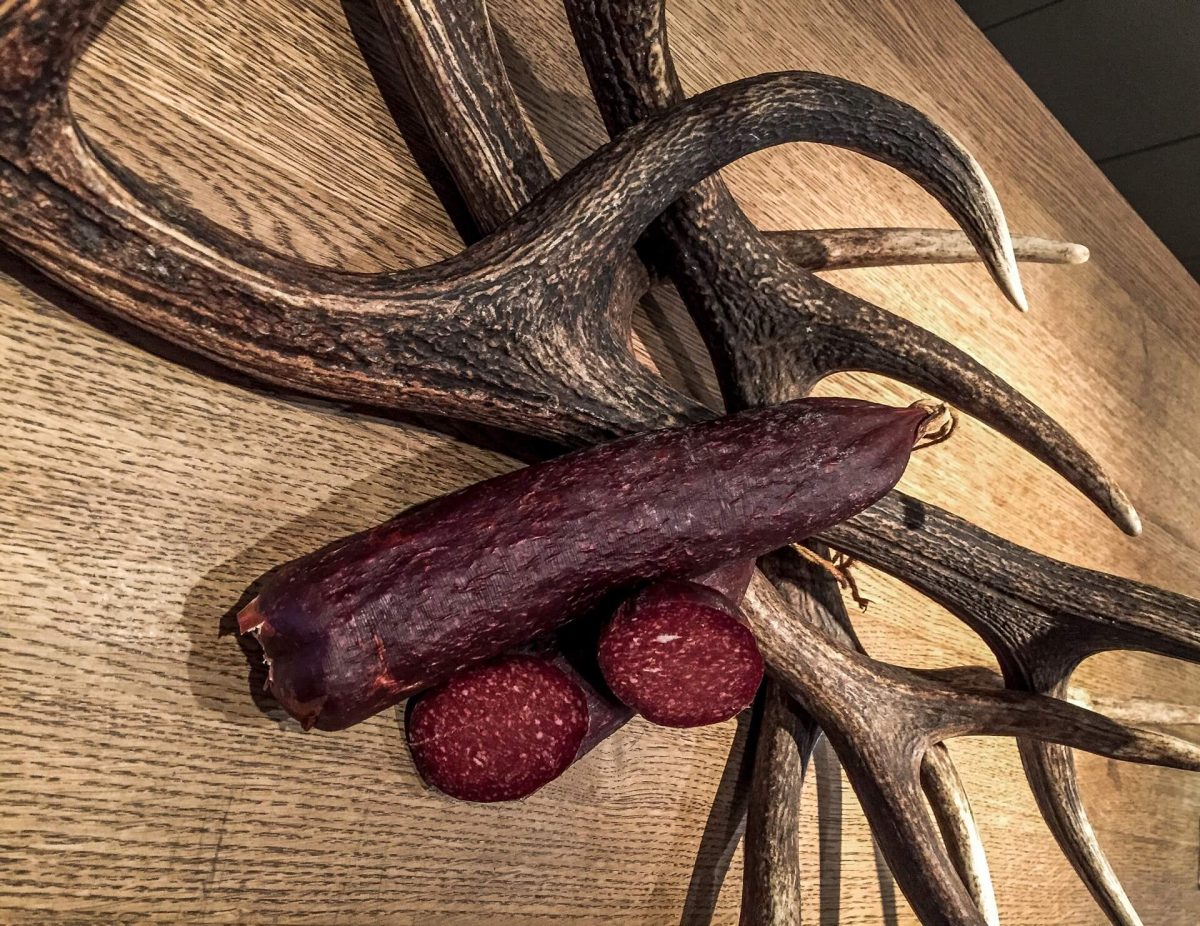
Image: Burkhard Schork
How can I get (exotic) game?
In Austria, Germany and Switzerland, hunting is regulated by the federal states or cantons. As a result, hunting laws vary widely and also govern the shooting and closed seasons for huntable game animals. You can either purchase game meat from direct marketers (hunters) or from the game meat trade.


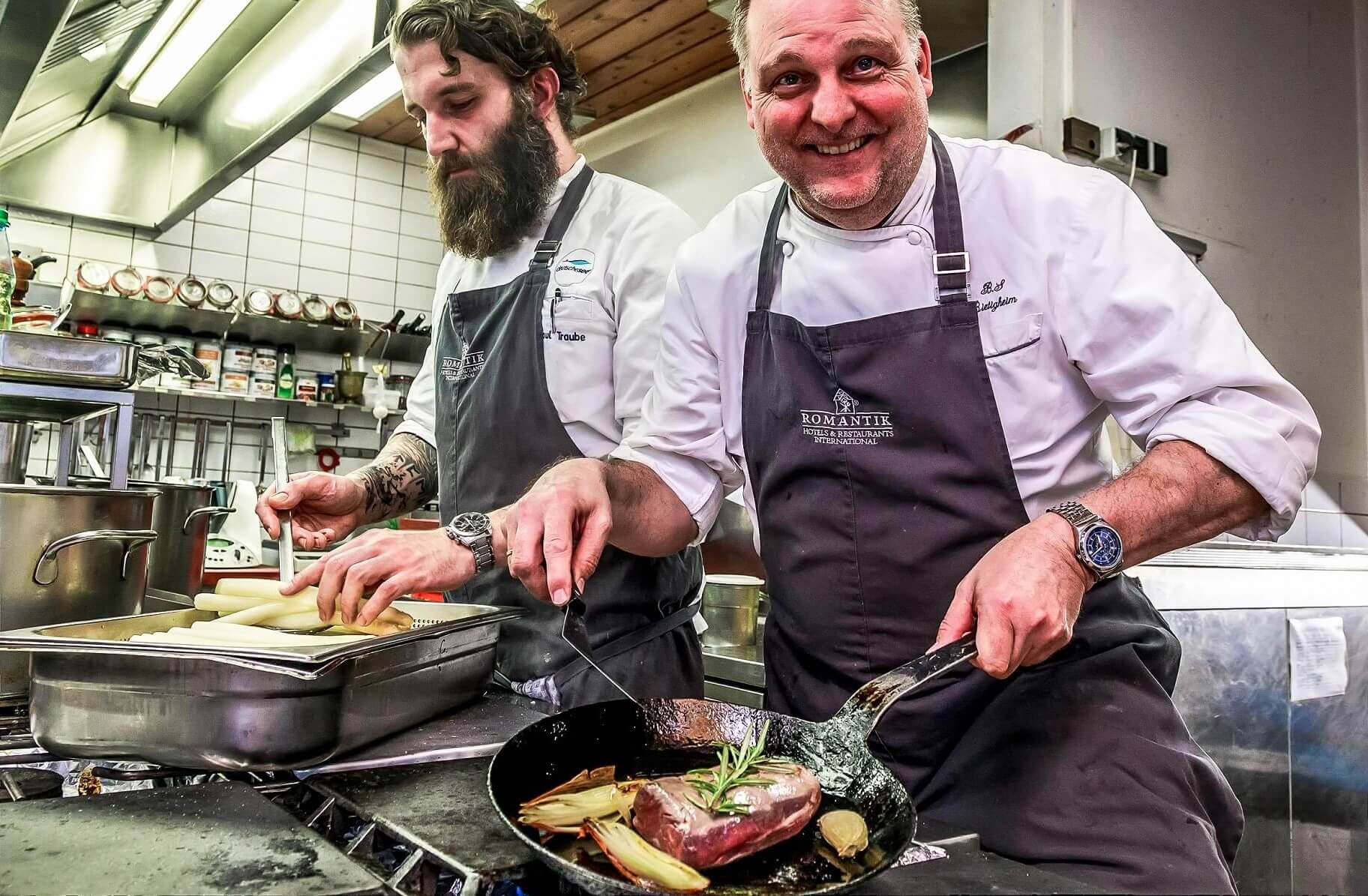








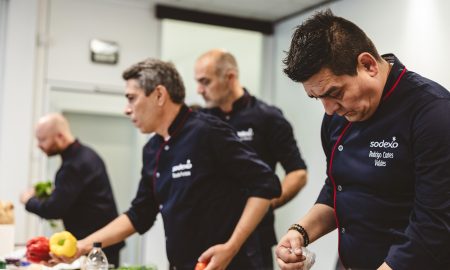
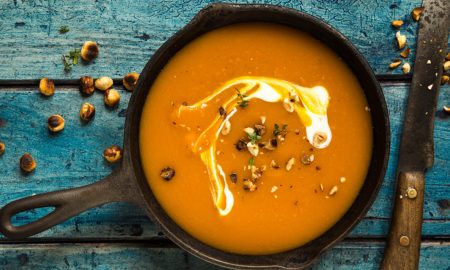
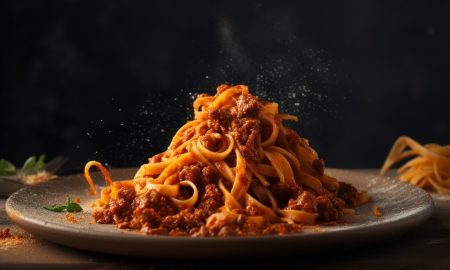


Pingback: Autumn - Vibes in the gastronomy | KTCHNrebel
Pingback: Sustainable gastronomy is a new challenge | KTCHNrebel